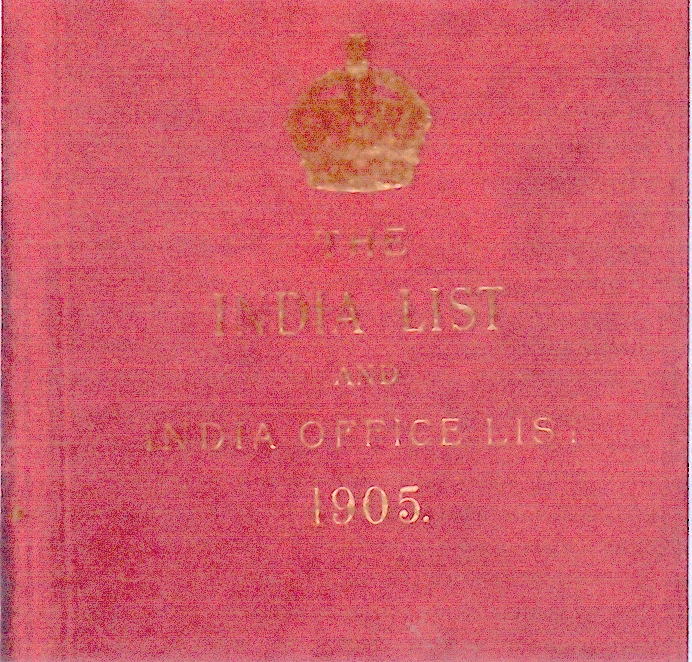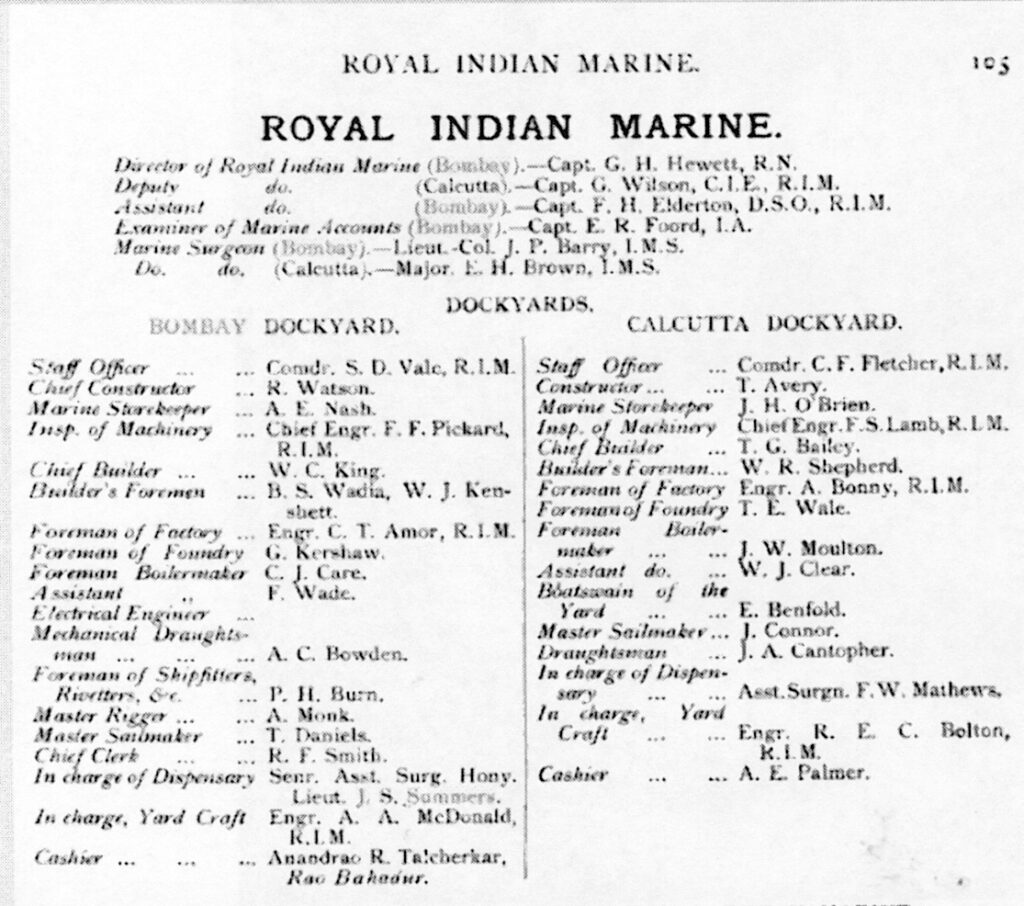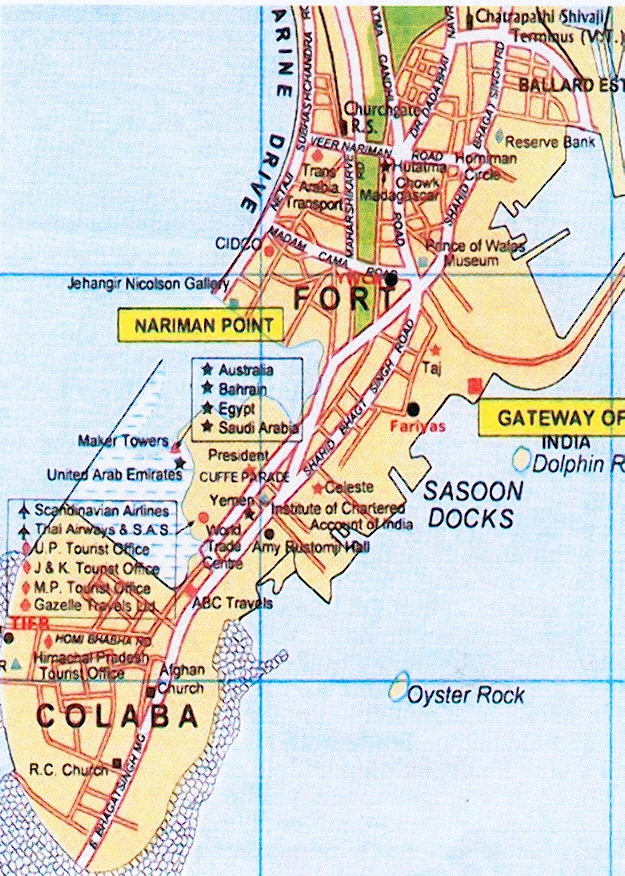The Tasmania postal stationery cover has the green ‘TASMANIA POSTAGE/ TWO PENCE’ QV printed stamp uprated with a ‘sideface’ ½d stamp both cancelled with an indistict barred numeral ‘63′ as well as a NEW NORFOLK/ JY 20/ 1895/ TASMANIA cancel. It is addressed to J. Seymour Summers Esq., 33 Sassoon Dock Rd, Colaba, Bombay, India. The reverse was backstamped Tuticorin, India (Figure 1).

Calcutta was the place from where philately started blooming in India, when in February 1894 the Philatelic Society of Bengal was started. It was largely an effort of Gordon Jones, F.S. Gubbay and G.J. Hynes the Acting Postmaster of Bengal and an ardent philatelist who was the President of the Society. The Society enrolled about 60 members within 4 months, and it had an admission fee of 5 Rupees. The official publication of the Society was the Philatelic World edited jointly by C.F. Larmour and Wilmot Corfield and was published by B. Gordon Jones. The Founding Secretary was E. Berthovel and in November 1894, C. Stewart Wilson, another senior postal officer, was elected President. These named persons are still familiar as stalwarts to those individuals interested in Indian Philately.
In January 1896, the Bombay Philatelic Society was formed and it had 55 members. It published an official organ known as The Quarter Philatelic Circular. The President was The Honourable H.J. Parsons, Vice President E.S. Gubbay and J. Seymour Summers was the Honorary Secretary, and his address was given as on this cover, 33 Sassoon Road, Colaba, Bombay. At the same time another Philatelic Club called the North West (India) Philatelic Club was formed in United Provinces (now Uttar Pradesh).
In January 1897, the Philatelic Society of India was formed in Calcutta. Its office moved around in India at different times to Madras, Bombay, Lahore and New Delhi. Since 1955 it has been stationary at Bombay.
Research on J.S. Summers was unsuccessful in Indian websites for many months, and almost quite fortuitously additional identification was found in a large volume entitled ‘The India List and India Office List 1905. Under the listing for the Royal India Marine, page 165, a series of senior officers are given, followed by officers at both the Bombay Dockyard as well as the Calcutta Dockyard. Listed in the left hand column towards the bottom of the Bombay Dockyard section, we find the listing for the officer In charge of Dispensary Senr. Assist. Surg. Hony. Lieut. J.S. Summers (Figures 2 & 3).


The Sassoon Docks, Colaba is one of the few open to the public in present-day Mumbai, the former Bombay. It was built by David Sassoon (1782-1864), a rich Baghdadi Jewish merchant and philanthropist. To-day it is the area where fishermen bring fish in for sale, but in the days of the British Raj there was a contingent of the Royal Indian Marines based there. The present area of Colaba was originally 3 islands and they were, along with the largest Bombay Island, gifted by Portugal to King Charles II of England as a dowry when he married Princess Catherine of Bragança.. King Charles II leased these lands to the East India Company for a nominal annual rent. In 1796 Colaba became a cantonment for troops. To-day an area of the joined islands are shared by the Indian Navy and Army. Colaba and Sassoon Docks are seen in Figure 4.

Addendum (April 2010): A printed registered envelope has a blue 2d stamp of N.S.W. attached cancelled with the barred numeral ‘1216’ of Surry Hills and it is addressed to J.S. Summers Esq, 33 sassoon Dock Road, Colaba, Bombay, India. There is also a handstamped ‘R’ in an oval (Figure 5).

The reverse has three postmarks SURRY HILLS/ SP 4/1893/ N.S.W, a REGISTERED/ SP 4/ 93/ SYDNEY N.S.W and an arrival COLABA/ DELY/ 3RD/ 26 SE/ 93/ BOMBAY (Figure 6).
